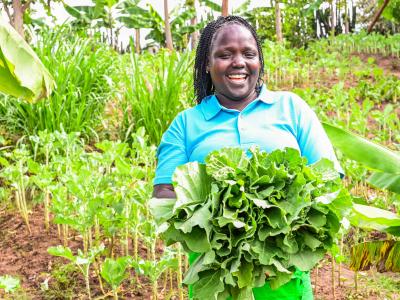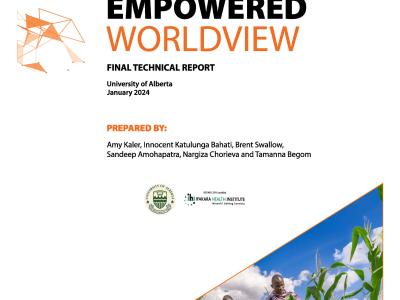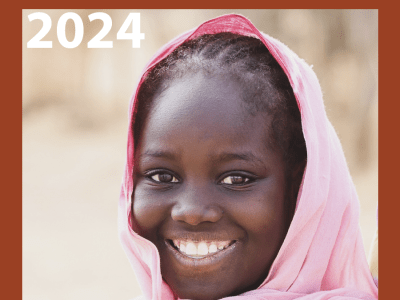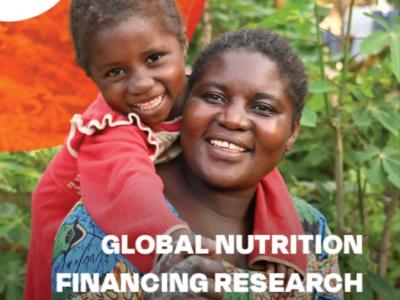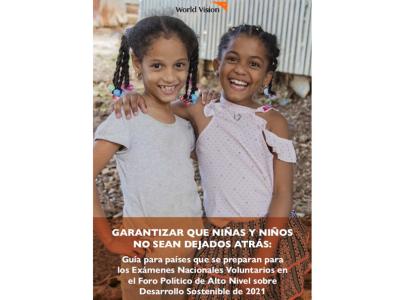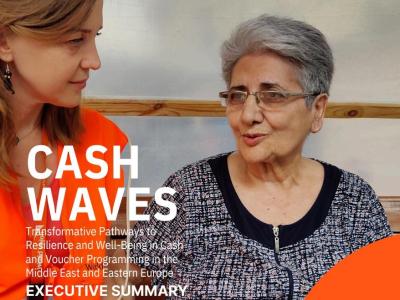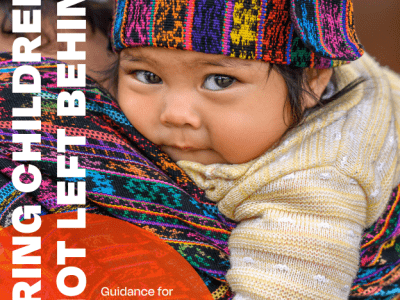publication / March 13, 2025
Policy Assessment: National governance and infrastructures supporting child participation
National governance and infrastructures supporting children and young people’s collective participation in public decision-making.
article / March 27, 2025
From Deforestation to Restoration: How FMNR is Transforming Senetwo Sublocation, West Pokot
Discover how the community in Senetwo Sublocation, Chepareria, West Pokot County, has witnessed remarkable improvements in their environmental and farming practices since the introduction of the Farmer Managed Natural Regeneration (FMNR) approach by World Vision.
publication / March 5, 2025
East Asia Capacity Statement | Child Protection & Participation
At World Vision, we believe every child has the right to live free from harm. Yet, across East Asia, nearly 60% of children experience violence before they reach adulthood, and millions face the threat of trafficking, exploitation, and neglect. These realities demand urgent action.
video / November 20, 2024
On World Children's Day we want to make sure their opinions count
#Children’sDay
We reaffirm that every child has the right 'to grow, learn, play, develop and flourish with dignity'. World Vision Afghanistan is dedicated to enhancing the wellbeing of Afghan girls and boys, and helping them thrive. This entails including them in the decisions we make that affect their lives and their communities.
By listening to them and making sure their opinions count, we recognise their inherent value, reinforce their agency, and give them reason to believe that their future can be full of possibilities.
publication / March 21, 2025
Empowered Worldview Final Technical Report 2024
Empowered Worldview has led to statistically significant improvements in measures of hope, self-efficacy and self-reliance. It has also led to statistically significant improvements in rates of child well-being as measured by stunting.
Empowered Worldview is likely to have a significant multiplier effect on child well-being as measured by stunting. The impact of EWV is greater in households where other indicators, addressed by other World Vision programs, are more positive. Factors that increase the positive impact of EWV on child well-being include the availability of food, access to health services, mothers’ own health and good child feeding practices.
publication / March 28, 2025
Rapport annuel 2024 – World Vision Mauritanie
Bilan FY 2024 de World Vision Mauritanie : éducation, nutrition, WASH, plaidoyer, résilience, protection de l’enfance, inclusion et foi au service des plus vulnérables.
publication / March 26, 2025
Global Nutrition Financing Research Report
World Vision and the SDG2 Advocacy Hub spoke with key stakeholders at global and national levels to uncover barriers to long-term, predictable, and accountable donor investment – and explore bold solutions.
publication / March 3, 2025
Nota de orientación: garantizar que los niños no se queden atrás
Un grupo de organizaciones y plataformas de la sociedad civil de todo el mundo se han unido para encargar una revisión independiente del informe de Revisión Nacional Voluntaria (ENV) presentado por los países al Foro Político de Alto Nivel.
publication / March 13, 2025
Cash Waves Report: Executive Summary
This research, commissioned by World Vision’s Middle East and Eastern Europe (MEER) regional office in partnership with Qualisus Consulting, aims to assess the broader impact of cash and voucher assistance (CVA) programmes on marginalised groups and young people’s mental health and psychosocial well-being, livelihood-resilience, community and social cohesion, and child well-being.
publication / March 3, 2025
Guidance Note: Ensuring Children are Not Left Behind
This Guidance Note provides specific recommendations to Member States on how to include children’s rights, including children’s participation, in VNRs at the High-level Political Forum on Sustainable Development (HLPF). It follows the general structure of the Secretary-General’s updated voluntary common reporting guidelines for VNRs2 (the Guidelines), which were most recently updated in November 2019. It also provides examples of good practices from other VNRs from 2017-2019. In line with the UN Convention on the Rights of the Child, this paper defines “children” as people below the age of 18.

